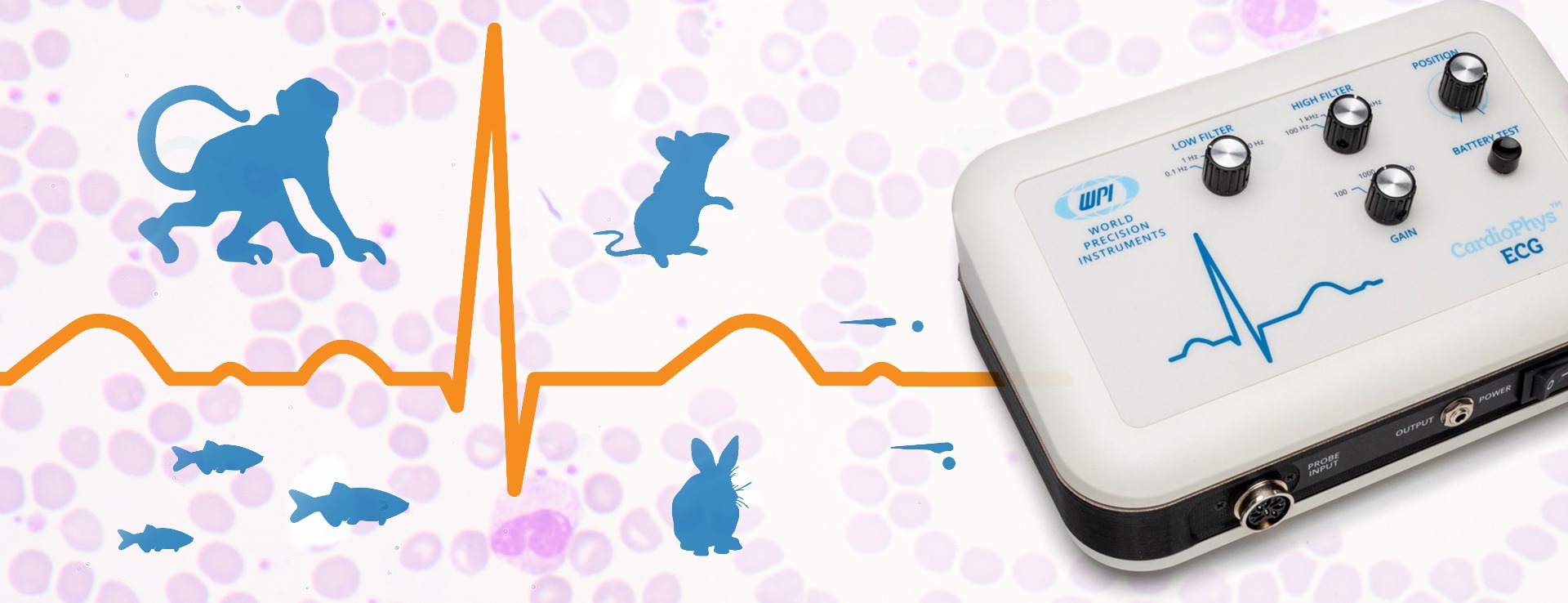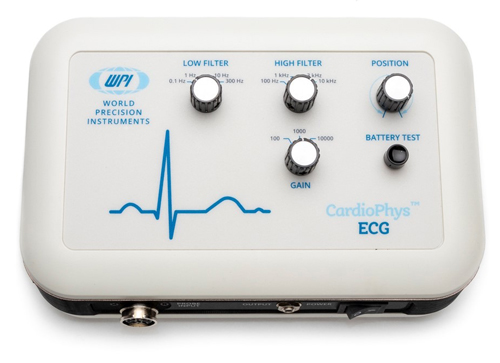[by Mikaël Berrou]

CardioPhys™ and Cardiotoxicity
When a new drug is discovered with an effect against a pathology, a natural public demand would ask to administrate it immediately. Although the new drug may be beneficial in many aspects, that new molecule could potentially have side effects that need to be evaluated. The most important potential side effect is cardiotoxicity.
What is Cardiotoxicity?
Cardiotoxicity is the damage to the heart by harmful chemicals (www.nccn.org/patients/resources/life_with_cancer/managing_symptoms/cardiac_toxicity.aspx), and its evaluation has become the first step of testing a new therapeutic compound.
The heart generates its own electrical signal, which can be measured using the electrocardiogram (ECG). The ECG detects the extracellular voltage change that is produced as heart cells depolarize prior to contraction. Cardiotoxicity is evaluated by studying the ECG recordings when adding a new drug that is under investigation. As the signal moves through the heart in succession during each heartbeat, data collected from an ECG can give detailed information on the heart rate, arrhythmia, chamber defects, channel pathologies and more. These can be effects of this new compound, with potentially deadly effects. For example, an important factor to look for in arrhythmia is the Qt, time for ventricular depolarization and repolarization. (www.ncbi.nlm.nih.gov/pmc/articles/PMC2040896)
How to Assess Cardiotoxicity
One method of assessing cardiotoxicity is to test the drug on isolated cardiomyocytes and record their electrophysiological activity. Isolated cardiomyocytes, often derived from stem cells, are easy to handle and generate. They can potentially offer hundreds of recordings in a short time. This in vitro method cannot give a clear and absolutely representative picture of an in vivo effect. Isolated cardiomyocytes are not exposed to the same physical interactions and communications of the surrounding body organs, or even endure the same biomechanical forces that apply to the heart.
Another method involves in vivo testing in small animals, and one of the model organisms is the zebrafish larvae. The zebrafish larvae is an excellent model for cardiotoxicity. They are easy to generate and handle, require little upkeep and are potentially available in large quantities in labs. Zebrafish larvae show ECGs that are very similar to human ECGs. They have proven to be excellent models for sample tests for heart and cardiotoxicity. (www.nature.com/articles/srep25073).
Why WPI's CardioPhys™ ECG is Perfect for Cardiotoxicity Testing
 The CardioPhys™ ECG system has been designed for measuring ECG of a wide spectra of animals, including the zebrafish larvae. This small, easy-to-use amplifier can be used with metal or glass electrodes which are positioned as close as possible to zebrafish heart and provide a clean and clear ECG signal at a minimal cost. The device is small, portable, low-noise and easy to set up and use. Thanks to the CardioPhys™ ECG, you can perform many recordings on many zebrafish in a very small amount of time and in a limited space. This ensures a higher throughput in your cardiotoxicity tests!
The CardioPhys™ ECG system has been designed for measuring ECG of a wide spectra of animals, including the zebrafish larvae. This small, easy-to-use amplifier can be used with metal or glass electrodes which are positioned as close as possible to zebrafish heart and provide a clean and clear ECG signal at a minimal cost. The device is small, portable, low-noise and easy to set up and use. Thanks to the CardioPhys™ ECG, you can perform many recordings on many zebrafish in a very small amount of time and in a limited space. This ensures a higher throughput in your cardiotoxicity tests!
Combined with the WPI LabTrax data acquisition system and its dedicated powerful ECG analysis module, you can have a complete system for quick, safe testing of new therapies. If you want to test your compounds affordably before heading to the next step of the drugs trials, then contact us today.








Request
Catalogue
Chat
Print